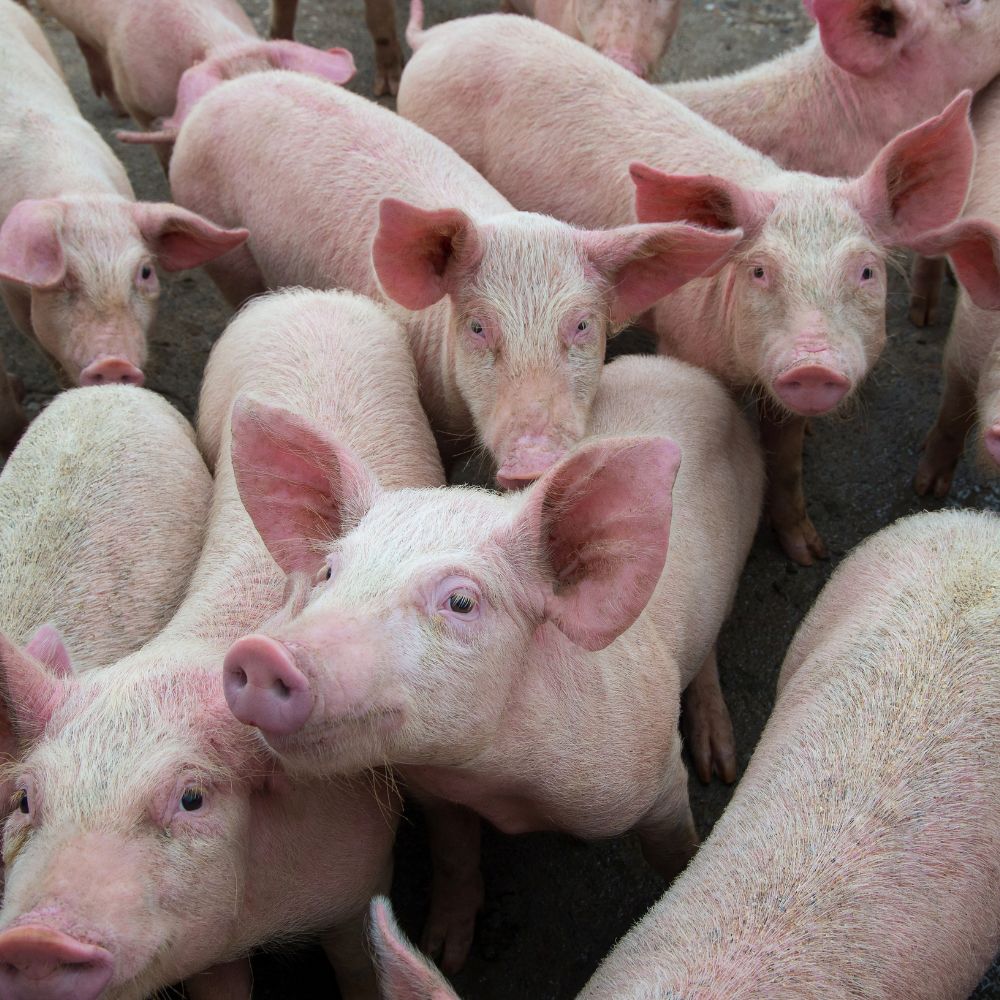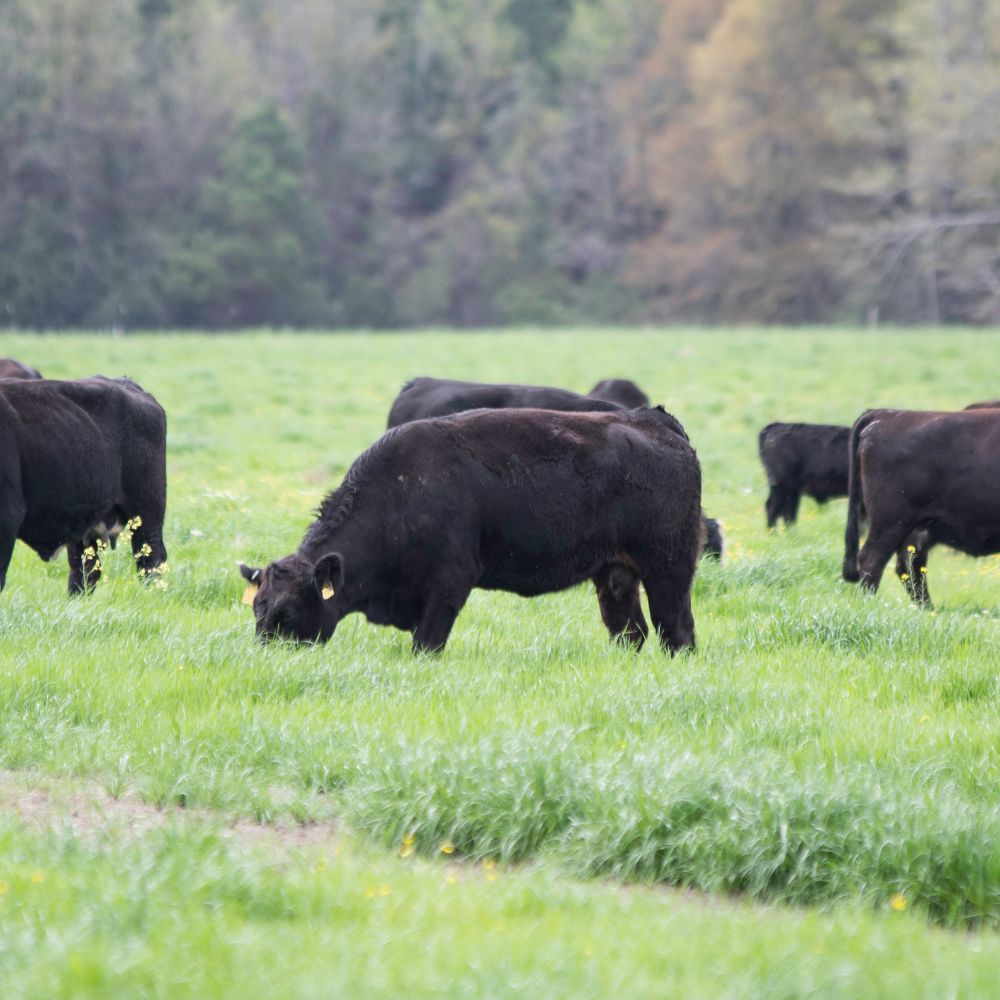A Biased View of Bagley Risk Management
Wiki Article
The Of Bagley Risk Management
Table of ContentsSome Known Details About Bagley Risk Management 8 Simple Techniques For Bagley Risk ManagementNot known Facts About Bagley Risk Management9 Easy Facts About Bagley Risk Management DescribedThe 25-Second Trick For Bagley Risk ManagementHow Bagley Risk Management can Save You Time, Stress, and Money.
When your agreement reaches its end date, the last price is determined utilizing the CME Feeder Cattle Index. This is based on sale barns throughout the Midwest (not simply your regional market). If the index falls below your agreement's protection rate, you might be paid the distinction. Rate Modification Factors will apply.Livestock Danger Defense (LRP) is a USDA subsidized insurance program that assists protect producers from the risks that originate from market volatility. With LRP, manufacturers are able to insure a flooring cost for their livestock and are paid an indemnity if the marketplace value is less than the insured rate.
This product is meant for. Rma LRP.
Rumored Buzz on Bagley Risk Management

In the last pair of months, several of us at FVC and PCM have obtained inquiries from producers on which danger monitoring device, LRP vs. Futures, is much better for a pork producer? Like the majority of tools, the solution relies on your procedure's goals and circumstance. For this edition of the Dr.'s Corner, we will check out the situations that often tend to prefer the LRP device.
In Mike's analysis, he contrasted the LRP calculation versus the future's market close for each day of the previous twenty years! The percentage expressed for each month of the provided year in the very first area of the table is the portion of days in that month in which the LRP calculation is lower than the futures close or to put it simply, the LRP would possibly compensate more than the futures market - https://fliphtml5.com/homepage/lobwe. (Rma LRP)
As an example, in January 2021, all the days of that month had LRP possibly paying greater than the futures market. On the other hand, in September 2021, all the days of that month had the futures market potentially paying greater than LRP (no days had LRP lower than futures close). The propensity that reveals itself from Mike's evaluation is that a SCE of a LRP has a higher possibility of paying more versus futures in the months of December to May while the futures market has a greater chance of paying a lot more in the months of June to November.
The Best Strategy To Use For Bagley Risk Management

50 or $5. 00). As an instance, in 2019, LRP was much better or within a $1. 25 of the futures market over 90% of the days in all the months except June and August. Table 2 shows the ordinary basis of the SCE LRP estimations versus the future's close for the provided period annually.
Once again, this data supports much more possibility of an SCE of a LRP being better than futures in December through May for the majority of years. As an usual care with all analysis, previous performance is NO assurance of future performance! It is crucial that manufacturers have accounting protocols in location so they know their expense of manufacturing and can much better identify when to make use of risk monitoring devices.
The Basic Principles Of Bagley Risk Management
Some on-farm feeders may be pondering the requirement for rate security right now of year on calf bones kept with the intent to feed them to a coating weight at some time in 2022, utilizing readily available feed resources. In spite of strong fed livestock prices in the present neighborhood market, feed costs and current feeder calf worths still create limited feeding margins progressing.The current average auction price for 500-600 pound steers in Nebraska is $176 per cwt. This suggests a break-even cost of $127. The June and August live cattle agreements on the CME are presently trading for $135.
Cattle-feeding enterprises tend to have tight margins, like lots of farming enterprises, due to the affordable nature of the organization. Cattle feeders can bid a lot more for inputs when fed cattle costs climb. https://www.anyflip.com/homepage/ojhqz#About. This raises the price for feeder cattle, particularly, and rather increases the costs for feed and various other inputs
Some Known Facts About Bagley Risk Management.
Nebraska cattle are close to major processing facilities. As a result, basis is favorable or absolutely no on fed livestock throughout much of the state.Only in 2020 did the LRP insurance coverage cost surpass the ending worth by sufficient to cover the costs price. The net result of having this LRP coverage in 2019-20 was considerable, including $17. 88 per cwt. down line. The outcome is a positive typical internet result over all five years of $0.
37 The producer costs decreases at lower protection levels however so does the insurance coverage price. The result is a lower net outcome (indemnity costs), as protection level decreases. This reflects reduced reliable levels of protection. However, due to the fact that manufacturer premiums are so low at lower insurance coverage degrees, the manufacturer loss ratios (indemnity/premium) increase as the coverage degree declines.
An Unbiased View of Bagley Risk Management
Generally, a producer needs to consider LRP Full Report insurance coverage as a system to safeguard output rate and succeeding profit margins from a risk monitoring point ofview. Some producers make a situation for insuring at the reduced levels of insurance coverage by focusing on the decision as a financial investment in danger management defense.
Report this wiki page